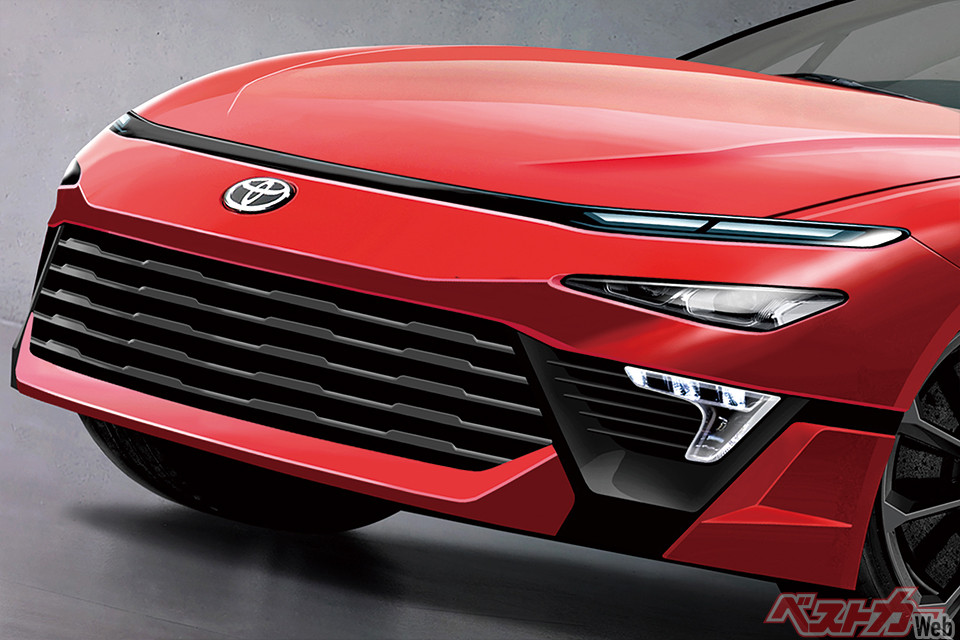qtb007
Admirer
- Messages
- 537
- Reactions
- 816
A RWD biased EV is just putting a bigger motor in the rear. It has nothing to do with longitudinal or transverse orientation of the power unit.In the case of most Chinese EVs like BYD (except the Seal), yes, that's what they've been doing, and they're great for packaging reasons too. But the vast majority of manufacturers have been building RWD-biased EVs, and there's a reason for that.
FWD-based EVs suffer from the same issue that FWD-based ICE cars have, and that is they aren't the best in terms of dynamics, and Toyota is an OEM that is attempting to be a jack of all trades with their newest cars. I was only saying that given that Toyota is beginning to develop a lot of these enthusiast models on their own, it would make a lot of sense to also lump a bunch of other RWD cars in Toyota and Lexus' lineup in order to amortize development and production costs.
Consider converting an ICE/HEV vehicle to BEV in both scenarios. If starting with FWD based, the front suspension already has to clear the transverse mounted engine and transmission combo. The rear suspension is already designed to clear a drive motor that is mounted in parallel with the rear axles. The space within the wheelbase has no need for a transmission or prop shaft tunnel, so it can be flat. This space could be converted to battery space. We basically see this thinking already with the e-TNGA.



Now, consider converting a RWD platform to BEV. The front suspension towers only need to have clearance for a longitudinally mounted engine. If the platform is designed with inline engines in mind, those strut towers are often pushed inward and forward for improved suspension design and to get the engine weight within the wheelbase. When that is converted to BEV, you have a lot of dead space, but not enough to really turn it into cargo space (BMW i4's lack of a frunk, for example). At the rear, a longitudinal platform only needs space for a rear differential in ICE/HEV. That's relatively small volume compared to a powerful electric motor. It's also turning the power path 90 degrees in RWD ICE instead of running parallel to the axles like FWD based AWD HEV, so the overall shape doesn't line up well. That means that the rear suspension is pretty much a clean sheet redesign (or pulled over from a FWD based model). Then consider the transmission and drive shaft tunnel. Unless the company wants to completely redesign the interior carpets, center console, rear seats, etc, they'll keep the tunnel which eats into interior space. The BMW i4 is a good example of a platform that clearly has been adapted to

My overall point is that a RWD ICE platform needs the front, center, and rear all reworked for a good BEV. A FWD HEV platform really just needs part of the front and part of the middle section reworked and maybe not even that much.
The beauty of BEVs is that you can put the battery, inverters, etc kinda wherever you want. You can push the wheels to the corners if you want to maximize passenger space for a given footprint. RWD platforms have the transmission and prop shaft right in the passenger volume; there's no way around it. As Toyota continues redesigning vehicles to be HEV only, we'll see the death of the transmission tunnel. Powerful rear motors like the Direct 4 setups can cover for a lot of sins we used to associate with FWD platforms that were adapted for AWD. Even the Prius is getting accolades in the way it drives because owners can now feel the push from the rear wheels. I agree that a RWD platform hybrid probably will drive better than the FWD platform hybrids, so that's a logical way to go with the GR 86 and Supra, but I honestly don't see it happening for the IS and RC or the rebirth of the GS. Sold in too small of numbers and the majority of IS/RC/GS drivers aren't looking for something that can't be satisfied with a 150kw rear motor supplementing the transverse hybrid drivetrain up front.
Last edited:





